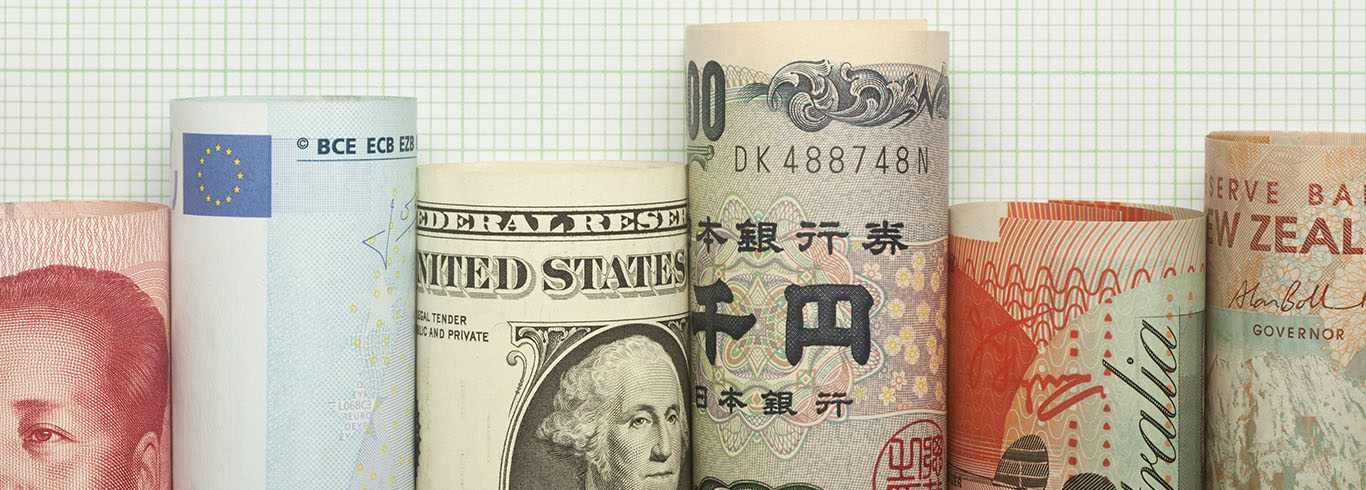Documentary Collections
The Documentary Collections payment method is an approach used for merchandise and commodity exports. Generally recommended in situations where there is an established and ongoing trade relationship with a trusted buyer, this method can simplify your export transaction, offer faster payment, and reduce costs when compared to Letters of Credits.
In a Documentary Collections transaction, the exporter’s and the importer’s banks facilitate the export sale by exchanging shipping documents for payment. However, the banks do not verify that the documents are accurate and do not guarantee payment as they do with Letters of Credit. As a result, Documentary Collections are only recommended for established trade relationships in economically and politically stable markets.
While there are several benefits to the Documentary Collections payment method, each export transaction is unique. We recommend you consult with your bank before moving forward.
Ask your bank
- How a documentary collection is different from a letter of credit.
- What type or size of transaction is suitable.
- How disputes are resolved between the importer and exporter.
How the Documentary Collections Payment Method Works
- Both the exporter and importer agree to a documentary collection for payment in the sales agreement
- The exporter prepared a Bill of Exchange and sends it to their banks for forwarding to the importer’s bank
- The Bill of Exchange - also known as a draft - provides instructions to the bank about the required documents, payment amount due, the terms of payment, and when title transfers for the goods
- The importer’s bank releases the documents according to one of two options specified in the bill of exchange, outlined below:
+ Release of documents upon receipt from the importer of full payment
+ Release of documents upon receipt of the importer’s signed acceptance of the terms that commit to future payment - The importer uses the documents to clear the goods through the foreign customs agency
- The importer’s bank forwards the importer’s payment back to the exporter’s bank account
What if they don’t pay?
If the importer does not pay, the exporter typically needs to find another buyer, pay for return transportation, or abandon the merchandise.
